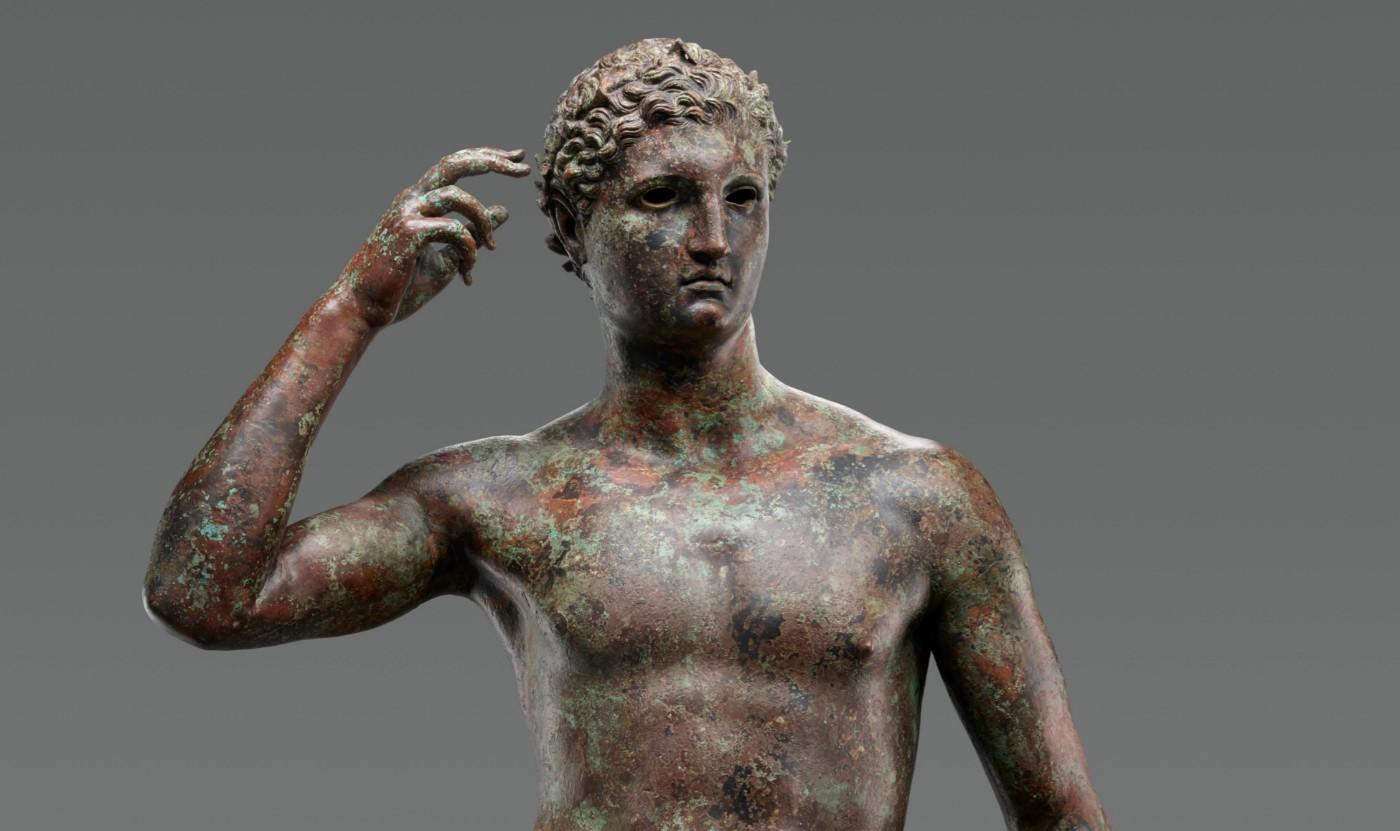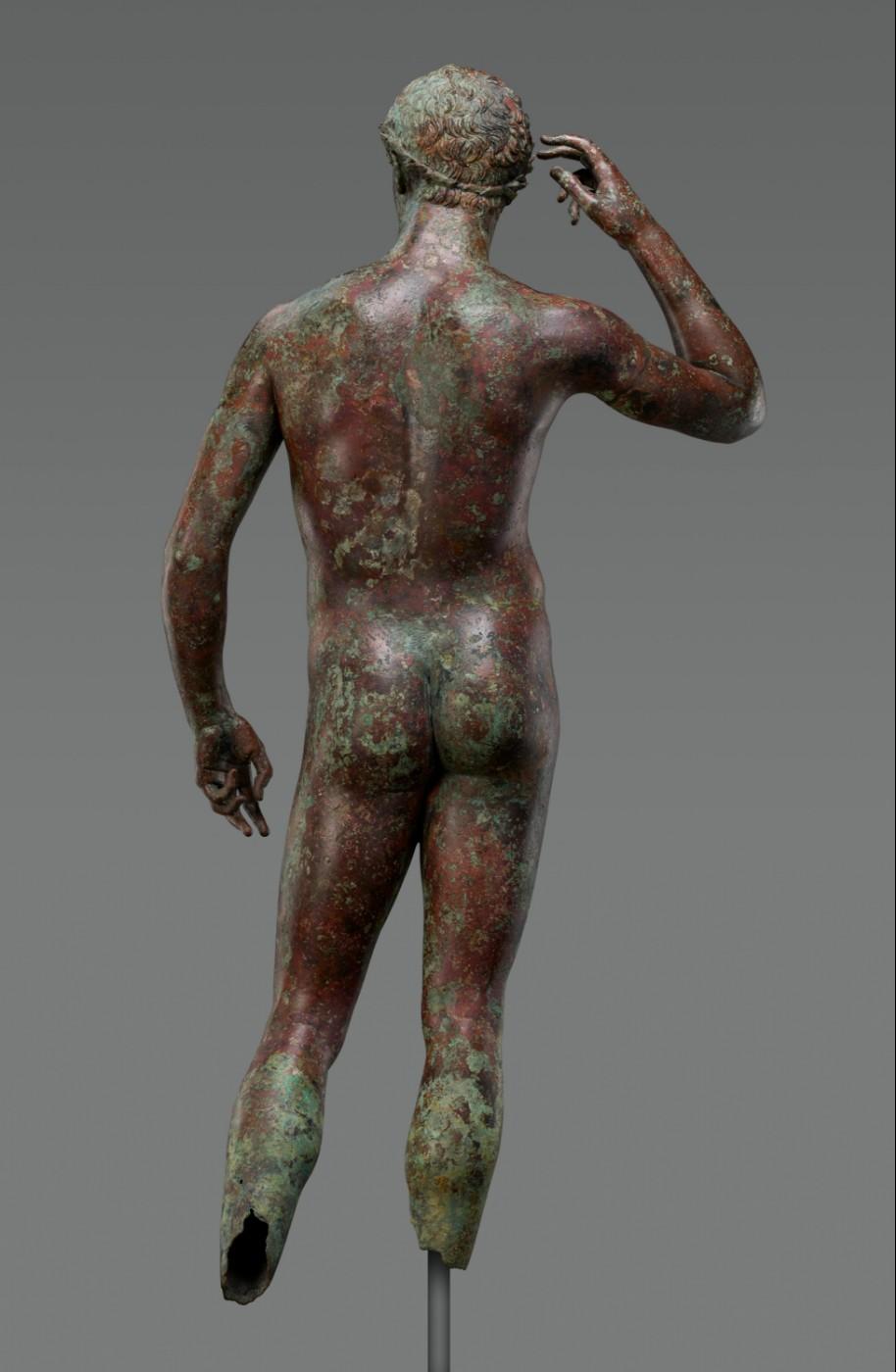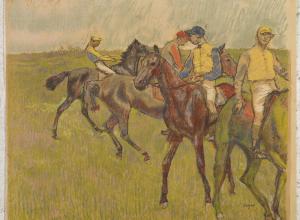Statue of a Victorious Youth, one of the J. Paul Getty Museum’s prized possessions, is facing a new threat after 40 years at the Villa.
Earlier this week Italy’s supreme court, the Court of Cassation, ordered the Getty to return the bronze statue, dated to 300-100 B.C., claiming the object as belonging to Italy’s cultural heritage.
The work, which was discovered in international waters in 1964, was purchased by the museum for nearly $4 million in 1977. Created by the sculptor Lysippos, it is also known as The Getty Bronze, or the Athlete of Fano, so named for the Italian town near where it was discovered.
Italian fishermen hauled it aboard in their nets, encrusted in layers of barnacles and mineral deposits, and hastily sold it to local dealers, illegally flying under the radar of Italian authorities on cultural patrimony. Preserved by the sea for millennia, the statue is one of the few life-size Greek bronzes to have survived antiquity. A crucial example of the Greek mastery of the cast-bronze technique, the work is inlaid with copper and would have originally had stone or glass inlay details.





























